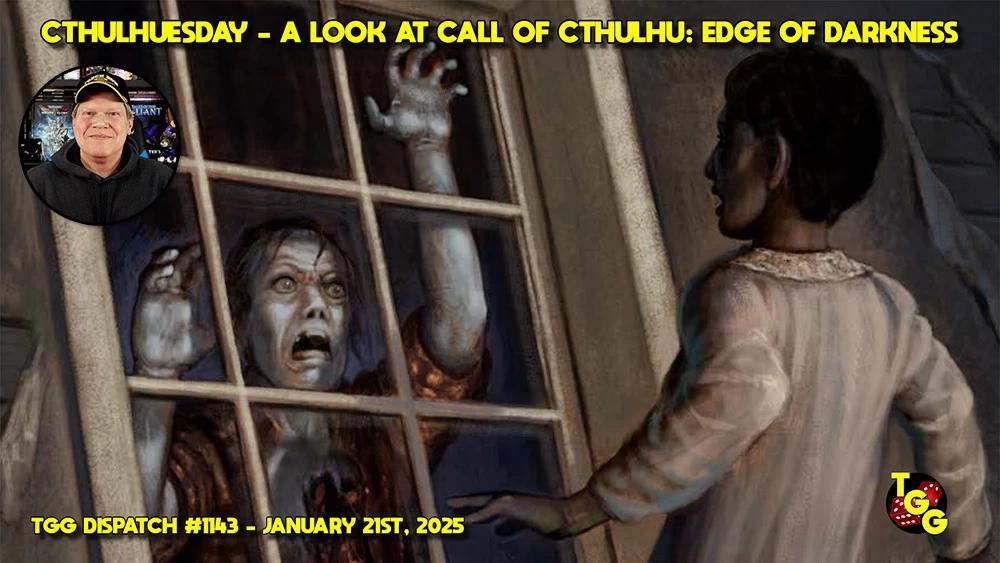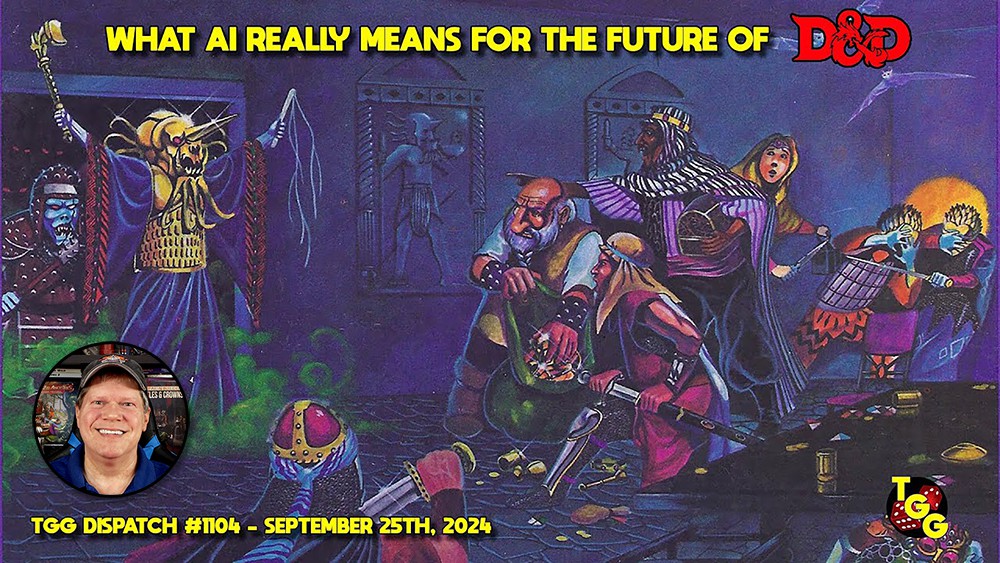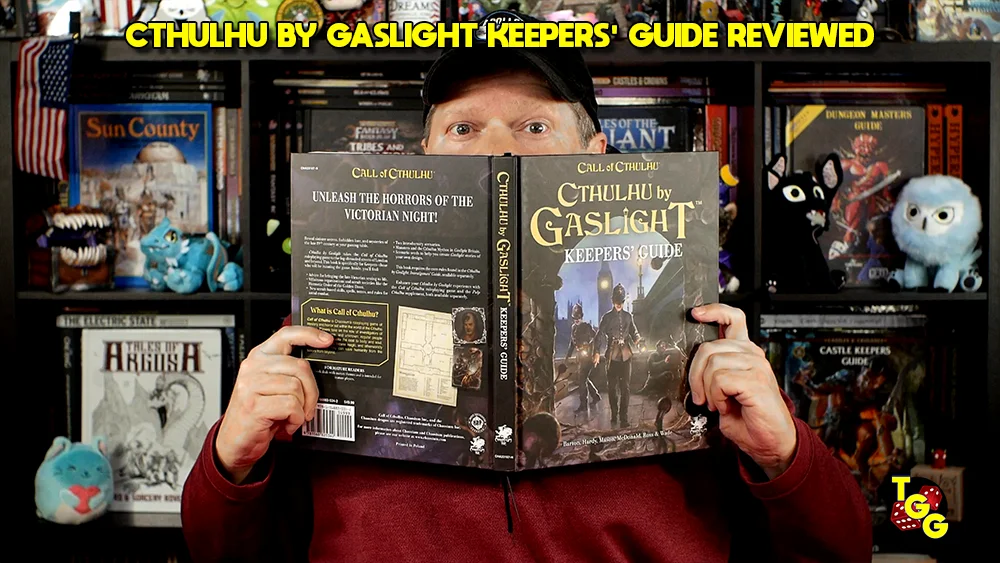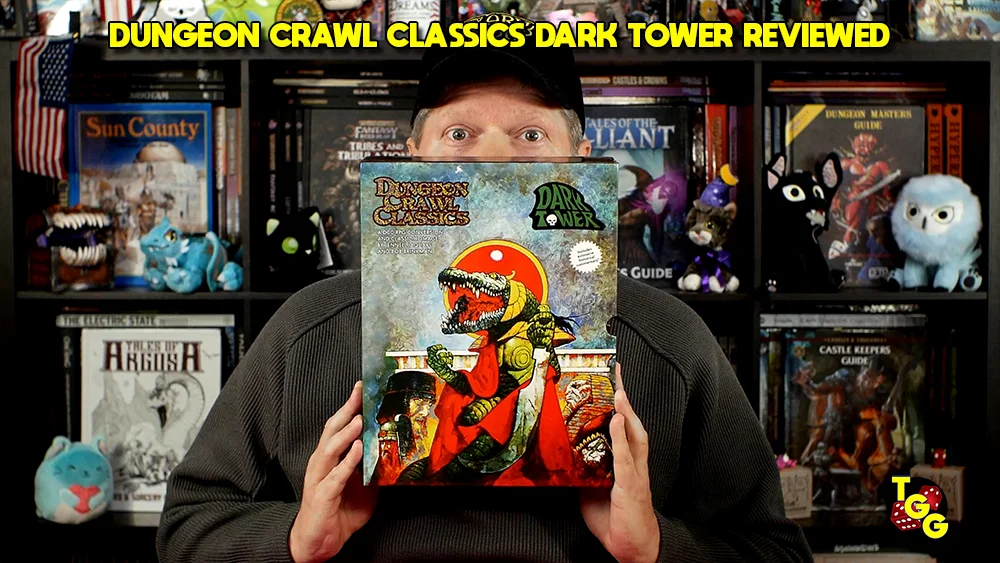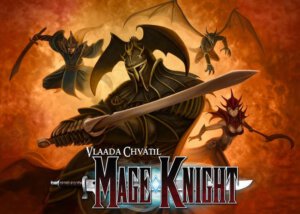
Publisher: WizKids
Designer: Vlaada Chvatil
Year: 2011
Players: 1-4
Ages: 14+
Playing Time: A long time
Retail Price: $89.99
Category: Fantasy Battles
Components:
- 196 tokens
- 240 cards
- 8 intricately painted miniatures
- 20 map tiles
- 54 mana crystals
- 7 mana dice
- 2 game mats
- 2 rulebooks
From Wizkids/NECA
As a Mage Knight you must control your reputation and walk the line or embrace the role of benevolent leader or 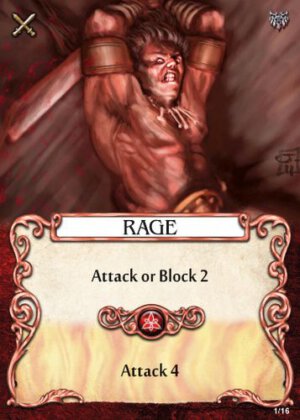
The Mage Knight Board Game comes with a variety of campaign options, allowing you to play both competitively or cooperatively. Will your path intertwine with your fellow Mage Knights as you quest to conquer the Atlantean cities, or will you be sleeping with one eye open?
This is going to to be a tough review to write. This is one of those games that you will either love or hate utterly. This is a tough game to learn, and even harder to teach to others, but before I give the impression that this is a completely negative review, let’s look at the good stuff.
Mage Knight is an absolutely beautiful game. The components are top of the line. Fully painted miniatures, amazing artwork, high quality tiles, tokens and cards, mana crystals, custom dice, some Heroclix castles, and my personal favorite: a place to store everything in the box. You’ll be almost giddy with excitement when you first open the box, as the production quality is nothing short of stunning.
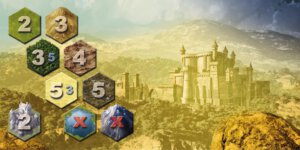
I’m not going to get into a big rule discussion, as that would take a lot of pages. There are two rulebooks, one being a first game walkthrough and the other being the actual rulebook. You’ll need to refer to both of them, a lot. They are written in one of the smallest fonts available, so they are tough for us older guys to read. A nice pair of readers and some Tylenol goes a long way to help with the learning process.
The object of the game can vary from scenario to scenario, but generally you are traveling around a map made up of hexagonal tiles killing monsters and earning fame. When the objective has been achieved the final scoring takes place, and the Mage Knight with the highest fame wins the game.
You’ll need a fairly large table to play, as it takes up a lot of space. The setup is complicated as there is a lot to set up. To give you 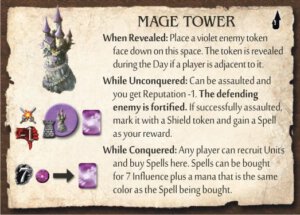
Each player selects a figure, one of four Mage Knights, and their corresponding Mage card, tokens, and other accoutrements. You’ll each get a deck of Basic Action cards which is specific to each Mage. These will be the main driving force of your turn. You’ll shuffle these up and draw five cards. A player can call for the end of the round when their draw deck is empty, or it ends automatically when a player runs out of cards in their hand.
The cards can either provide movement points for moving around the board, influence points for recruiting units, various attack and defense numbers, or some other effect. Each card has a basic effect and a stronger effect that you can trigger by spending mana when you play the card.
You’ll each start the game in a specific location on the starting tile. You’ve already put together a stack of tiles that will make up the rest of the map as you explore off the edges of the existing tiles. There are specific map layouts depending on the scenario, so you’ll generally be expanding the map in a predetermined direction. When you reach the edge of a tile, you can spend two movement points to reveal a new tile.
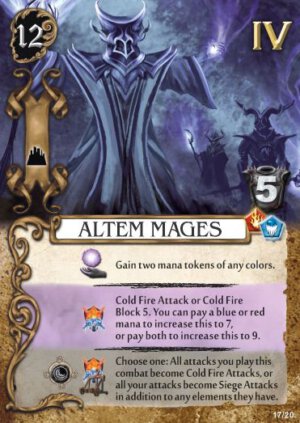
When you flip a new tile, you must refer to the set of seven double-sided location description cards to add whatever tokens, monsters, or what not needs to be added to the new tile. I found going through these location set up cards particularly annoying because the one that I needed is always on the back of the last card. You have to search through these cards constantly until you have them memorized, and after 24 hours of play I still need them.
You might run across a monastery, where you can recruit units that have the monastery icon or get healed. The game has basic units and elite units, and a number of these are made available for purchase at the start of each round. You use influence to buy these unit cards, and once the cards are gone they will not be refreshed until the next round. Units generally give some attack ability, but some of them do other things, like heal.
You can command as many units as you have command tokens available. At the start of the game you have one, but you’ll earn more as you gain fame and go up in level. The units are placed in your play area and can be used once per round in most cases.
That’s another thing you do in this game, you gain levels, fame, and reputation. There is a board that tracks this for the players, and as you move higher you’ll be able to gain units, advanced actions, and skills. See I keep getting distracted by every new thing that I mention. There is a deck of advanced action cards that you can get cards from, and these go into your draw deck, adding cards to it and giving a bit of a deck building aspect to the game.
Each player also has a stack of skill tokens. At certain levels you’ll draw two and keep one. The other goes into the common skill pile that anyone can pull from. The only problem is that you have the card with the description of what the skill actually is, so the other players will have to ask you for your card all the time if they pick from the common skill pool.
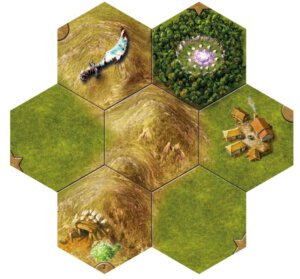
There are villages, keeps, dungeons, monster dens, mage towers and more. You can pick up spells at the mage towers, which is yet another deck of cards. These also get added to your main draw deck. You’ll collect mana crystals to power your spells and you’ll roll the mana dice and get to use one on your turn as another way to give you power.
Ok, enough, there is to much to explain. Briefly concerning combat, you’ll fight against different monster tokens. There are different tokens for each location, and each has the monsters attack, defense, special abilities, and other modifiers for combat. You’ll mount a certain number of attack and blocking points and of you overcome the monster you get the reward for the location, plus fame.
Combat can be easy, and it can also be the most complicated and frustrating aspect of the game. They recommend having a “Combat Manager” who can figure out all of the modifiers, of which there are many, scattered throughout the two rulebooks. When I finally went to conquer my first city against three monsters, it was so complicated that I stopped playing rather than figure everything out.
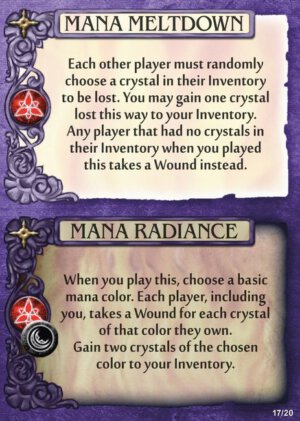
Finally when you reach the end of the game, you have to go through the final scoring rules. You get to add bonuses for this and that, and awarded points for having the most of this or that. It is another bit of time added on to an already long game, and I don’t even bother most of the time.
So far, trying to teach my fellow gamers to play has ended in quitting each time, either from frustration or simply the length of time it takes to play. It is much more satisfying as a solo game, because then I don’t mind spending the time to figure out my moves and I don’t have to wait for the other players. Two players isn’t bad, once you spend a lot of time trying to teach them the rules. The game is more of a mental challenge than fun, so if you like that kind of game then Mage Knight is the game for you.
- A Dungeon Delve for Kids?: A Review of Dungeon! - Oct 24, 2022
- Better, Stronger, Faster | Descent: Journeys in the Dark Second Edition Reviewed - Oct 23, 2022
- Your Planet is Doomed!: Invasion from Outer Space Reviewed - Oct 22, 2022


